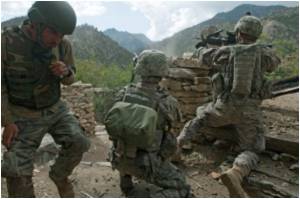Stock markets response to stress is similar to the manner of reaction of plants and the human body, a new study has revealed.

The new findings have suggested that there is an uncanny parallel between the way that humans, animals and plants adapt to harsh living conditions and the behaviour under stress of stock market prices and the banking sector.
Warning signs may be detected-even before obvious symptoms occur-by charting the interdependence and volatility of key factors, the report claimed.
The team has named this 'order in chaos' theory the 'Anna Karenina Principle', after Leo Tolstoy's turbulent novel which opens with the words: "Happy families are all alike; every unhappy family is unhappy in its own way."
Alexander Gorban, of the University of Leicester and the lead author of the study, explained that people, plants or stock markets function in a similar way until things go wrong at which point they start to react in different ways.
Studying how systems facing stress react in terms of becoming more interdependent and volatile reveals patterns that help to predict when a crisis may occur and the likelihood of death or recovery, he said.
Advertisement
A study of Scots pine trees near a power station showed that though the average compositions of the needles was similar to those outside the polluted area, the variance and interdependence of individual components were far greater.
Advertisement
The report said stocks and shares showed a similar pattern during the financial crisis of mid 2008.
Stocks became more interdependent and volatile as the FTSE100 decreased but by the end of the year the system became less connected and even more volatile, suggesting a crash as the financial systems failed to adapt to the changed circumstances of the market.
Source-ANI















